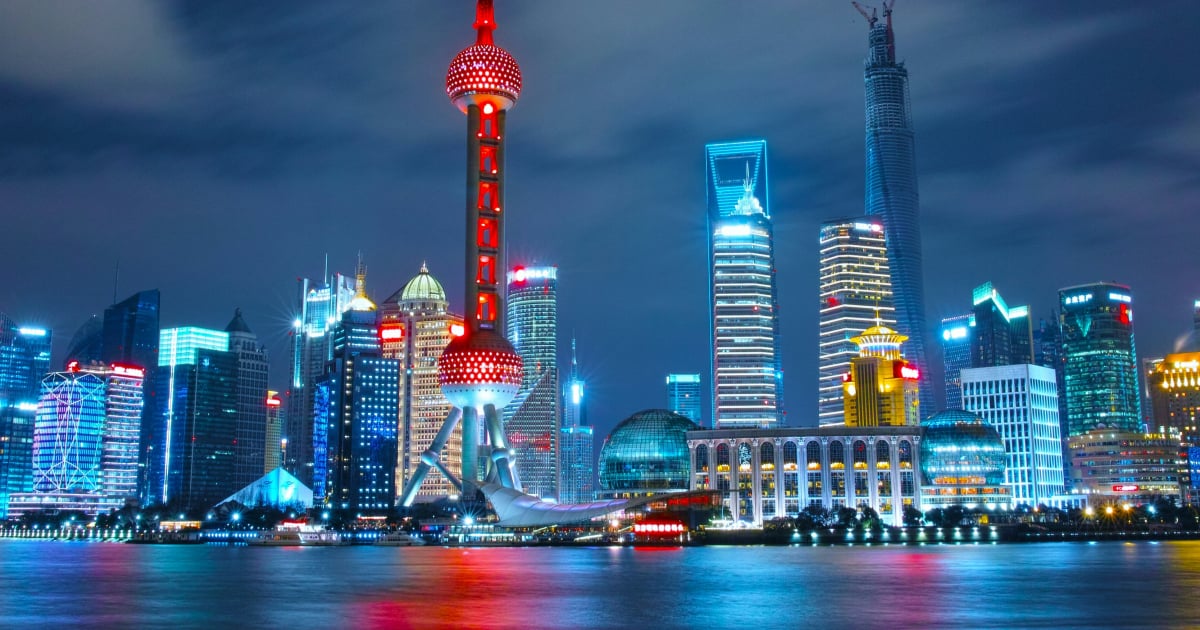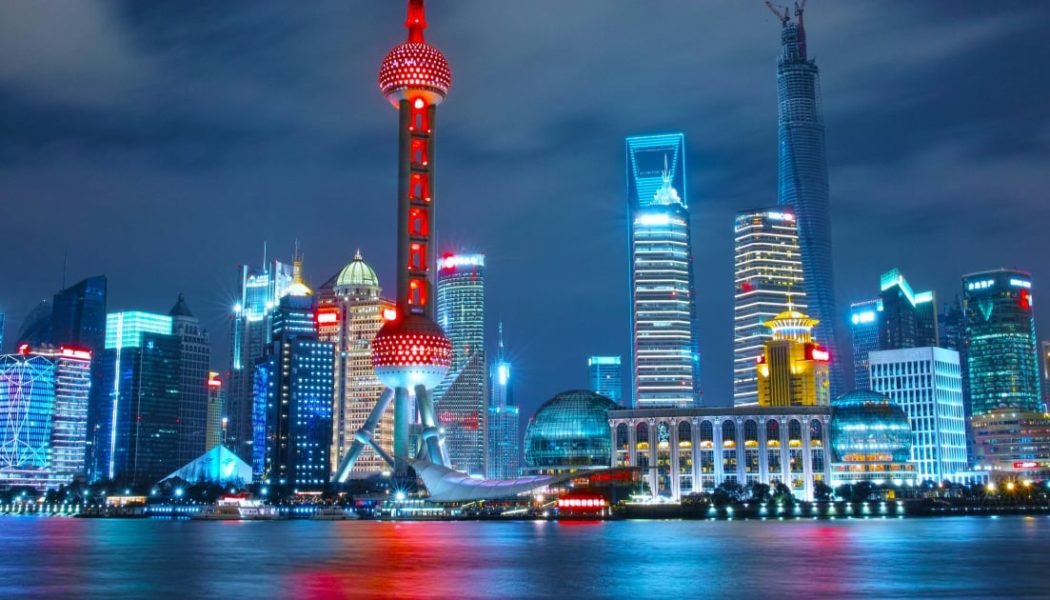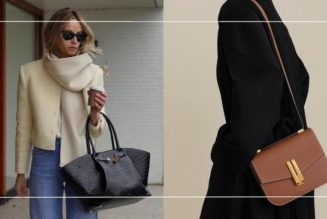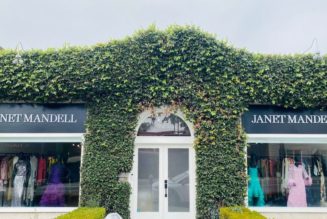
With so much of the research to date centred on understanding the domestic Chinese luxury consumer, we seized the opportunity to partner with Jing Daily on a report, conducting a series of in-depth interviews with cultural creators, tastemakers and entrepreneurs at the leading edge of this new wave. This led us to a much deeper understanding of this important audience, the forces that shape them, and their impact on the luxury industry at large.
The overseas Chinese elite’s sense of identity and culture play pivotal roles in their luxury consumption. They value heritage, craftsmanship, and exclusivity over labels and prices, and their extensive exposure to diverse cultures fosters a distinctive openness to niche brands and unique styles.
That’s not to say that they dismiss so-called ‘super brands’ all together, but it’s a point of pride to be regarded as a trendsetter amongst their close-knit communities.
So how can luxury brands capture the attention of overseas Chinese luxurians?
Engage via a blend of Western & Chinese social channels
Overseas Chinese are highly engaged with both Western and Chinese social channels, moving between them to find the content that resonates. They are diligent researchers who, distinct from their domestic counterparts, broaden their sources to include Instagram, YouTube and TikTok, as well as Chinese platforms such as RED and WeChat.
To put that in context, because searching for ‘life abroad’ on Google typically does not surface content tailored to the overseas Chinese perspective, RED becomes a quasi-‘life bible’ offering insight into every aspect of living abroad: from where to get an Uber at Milan’s Linate airport to how Western brand sizing correlates to Chinese body types.
Luxury brands wishing to connect with this audience must avoid the pitfalls of generic messaging and engaging solely via Western channels. Instead, consider partnering with overseas Chinese creators and KOLs (Key Opinion leaders) who share the audience’s unique lens on luxury and lifestyle, and are active in sharing bilingual content across both Western and Chinese social channels.
Harness the outsized influence they yield both at home and abroad
Our interviews revealed that the overseas Chinese enjoy trading insights and recommendations, and they will look within their communities first for trusted guidance and advice. They take pride in being regarded as tastemakers, introducing unique brands, experiences and styles – both Chinese and Western – to their networks. Because their motivation for sharing is often not purely transactional, their endorsement carries more authenticity and sway.
Notably, overseas Chinese influencers hold a unique position, influencing both the Chinese community living overseas and consumers within China – despite the Great Firewall. Brands eyeing entry into the domestic market should consider partnering with overseas KOLs to build awareness and trust.
Bridge East & West to meet heightened luxury expectations
Overseas Chinese uniquely combine expectations of high-touch luxury service with the personalised, rapid responses they are accustomed to receiving in digital-first China, raising the benchmark for customer experience across the board.
They appreciate brands that thoughtfully curate campaigns and experiences that reflect their luxury attitudes and hybrid identities, showing sensitivity to Chinese culture and, crucially, its modern interpretations. A great example of this is Harrods’ partnership with Labelhood, a pioneering design incubator that champions emerging Chinese fashion designers. For Chinese New Year, the two combined forces to host a ‘Dim Sum High Tea’, fusing British High Tea traditions with Chinese dim sum, alongside an exhibition of Labelhood’s up & coming designers and playful portrait booth.
Luxury brands looking to engage with this audience need to ‘level up’: matching the nuanced expectations cultivated via exposure to innovative and immersive experiences and services back home.
In conclusion: global citizens, emerging luxury audiences
As we learnt from our research into the overseas Chinese, today’s HNWIs are increasingly nomadic and better connected than ever before. In addition to yielding significant influence within their own communities, they also serve as a bellwether for tastes, attitudes and trends in their respective domestic markets.
As we navigate this period of change, it’s important to remain curious about these emerging luxury audiences: not only in terms of their heritage and origins, but the diversity of global experiences that inspire and shape them.
As wealth shifts across borders and accumulates across generations, overseas luxurians from dynamic markets such as China, but also the Middle East, India, and beyond, can serve as a gateway to domestic audiences, and even provide insight into the evolution of the luxury sphere as a whole.









